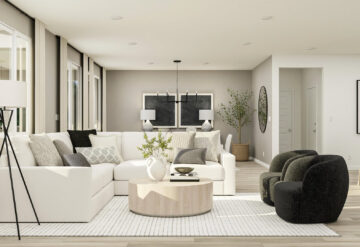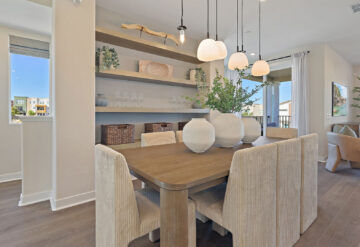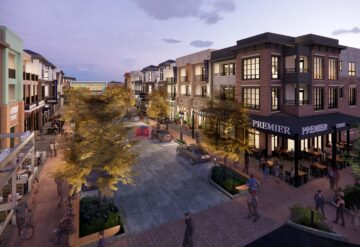According to data from the U.S. Census Bureau, the majority of retirees stay in their homes until they’re no longer able to do so. But retirees who move to a new home are happier than those who stay in their own homes, according to a study by the Center for Retirement Research at Boston College. This article from U.S. News highlights six things to consider when deciding about relocating in retirement.
People spend half their lives trying to imagine their retirement lifestyle, and it often involves moving from their so-called boring suburban development to a more charming town, or to another state or even another country. But the reality is often quite different and a lot less exotic, but not necessarily less satisfying or less fulfilling.
Only about 2% of the 36 million Americans who move in a year – or fewer than 1 million people – say they’re relocating because of retirement, according to Census Bureau data. People age 65 and older were more likely to relocate for health reasons than other age groups.
But according to a 2009 study by the Center for Retirement Research at Boston College, homeowners who move “experience improvements in psychological well-being.” Even for households with a negative shock, such as sickness or financial difficulties, the experience of moving had benefits. The movers experienced either more positive or less negative emotions than the non-movers.
More people are moving to age-restricted communities focused on senior living. The number of new single-family home built in age-restricted communities jumped from 15,000 in 2013 to 21,000 in 2014, according to Department of Commerce data. One survey from Better Homes and Gardens says more than a quarter of baby boomers, or 27 percent, would consider moving into a traditional retirement community.
People moving into senior communities are not usually looking for a bigger home. They want a nicer home in a more convenient location. New developments tend to offer more contemporary design features, modern appliances and access to technology. Furthermore, many facilities offer community activities such as adult education classes as well as health and fitness opportunities.




